On Saturday 20 July, Trust member and former chairman Mike Beale led a walk from the centre of Shepton Mallet on the 150th anniversary of the opening of the S&D’s Bath extension.
Over 75 walkers set out along the footpath created on the Great Western’s west-east line through Shepton before switching to the S&D’s north-south route and seeing the work carried out to improve access to the trackbed over the past couple of years.
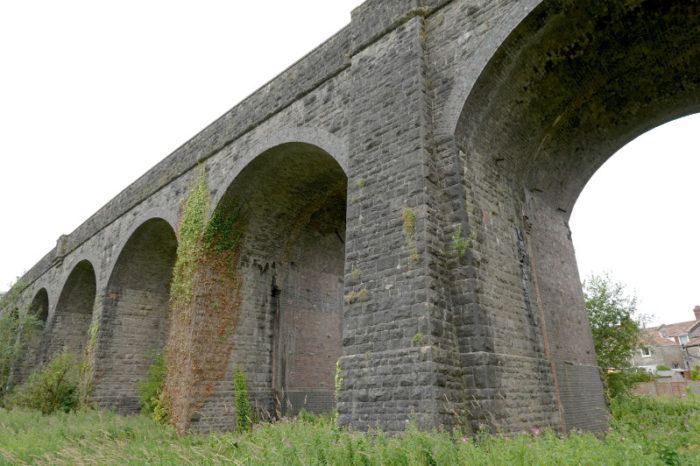
We passed under the Charlton Viaduct, noting the difference in materials between the two halves as the viaduct had originally been built for a single track and was later doubled in width. The viaduct is Grade II* listed and was first listed as long ago as 1952.
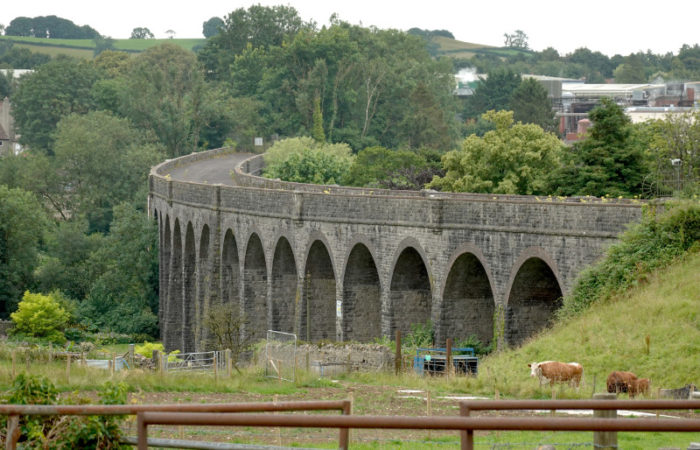
The viaduct is notable for having a 1 in 55 gradient from both directions towards the centre of the viaduct, as well as being built on a curve.
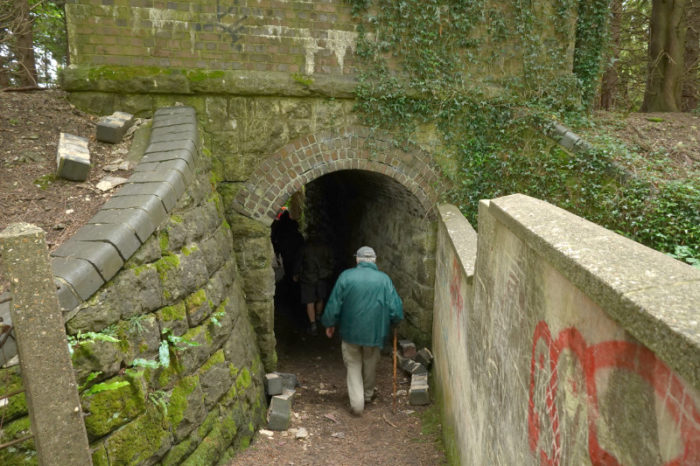
We then followed a path adjacent to the steady climb of the trackbed as it headed for the Mendip Hills and switched sides via an original pedestrian underpass.
We shortly arrived at Bath Road Viaduct (officially referred to as Waterloo Road Viaduct). This viaduct is also Grade II listed. The difference between the two halves is rather more pronounced as one half of the structure had collapsed in 1946 and was quickly rebuilt using modern materials and methods.

Although the path has been laid, there is currently no public access to this viaduct owing to issues that need to be resolved. Notably, means need to be added to deter people from climbing onto the parapets. A demonstration setup using multiple wires had been constructed but has not been approved.
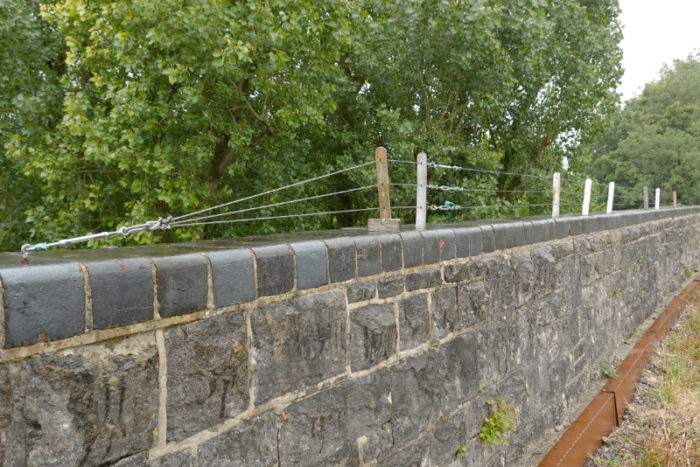
There is always a difficulty with arranging ‘add-ons’ to structures that are already listed. In this respect, the Charlton Viaduct would present a particular challenge owing to the combination of low parapet height and the long length of the viaduct.
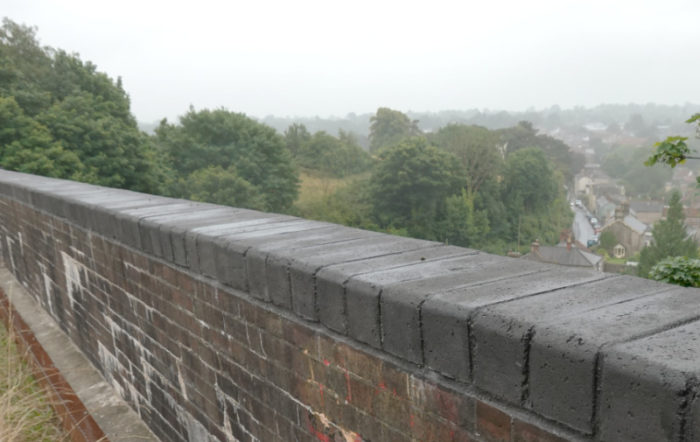
At both the Bath Road and Ham Wood Viaducts, some of the blocks on the top of the parapets were not reusable or were missing. They were replaced with cast concrete blocks, a stain being applied to approximate the colour.
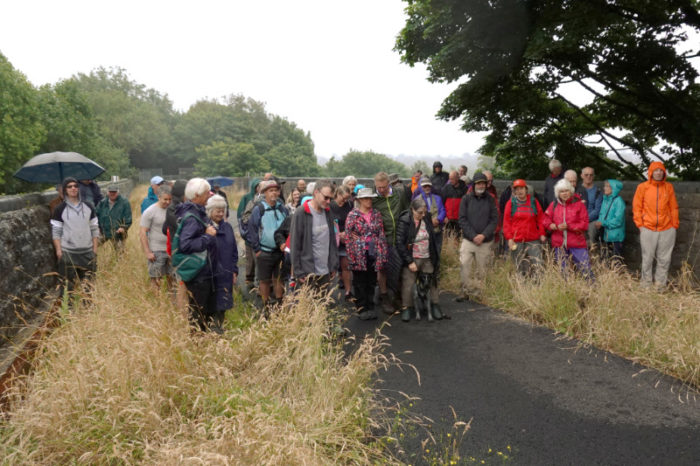
Before leaving Bath Road Viaduct we stopped for group photos. One of these was taken by the Mendip Times. By now, the number of walkers had dropped somewhat in the rain but it was still a good gathering.

Heading for Ham Wood, we were pleased to pass through the Up (Bath-bound) tunnel at Winsor Hill. Only a few years ago, the Historical Railway Estate (HRE) gated the tunnel. In doing so, they prevented many locals from passing through. The tunnel was assessed as being in ‘Fair’ condition throughout when inspected in 2018.
In 2021, a campaign group starting gathering evidence of past use of the tunnels. Now, the Up line tunnel is open to the public while the Down line tunnel remains closed off – it’s a haven for bats.
We now arrived at Ham Wood Viaduct. The top of the viaduct has been re-waterproofed with an asphalt layer followed by a layer of tar topped with chippings.
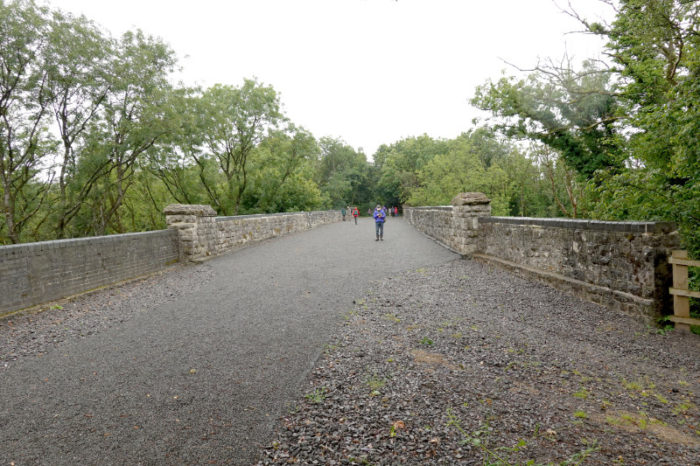
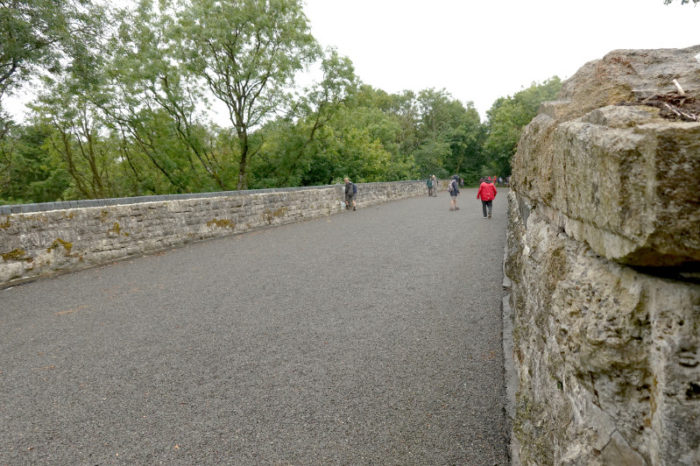
There is currently no further access to the north; this is part of the Dinder estate and negotiations continue. However, if progress pushes onwards, it will approach the aspirations of the restored railway line running south from Midsomer Norton.
For contrast, here are a couple of views of Ham Wood Viaduct taken in 2019:
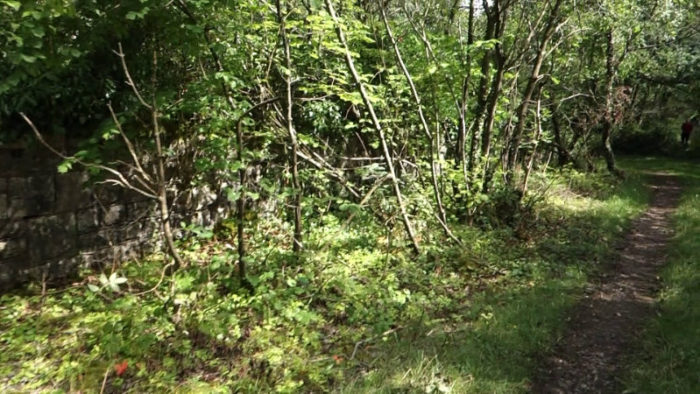
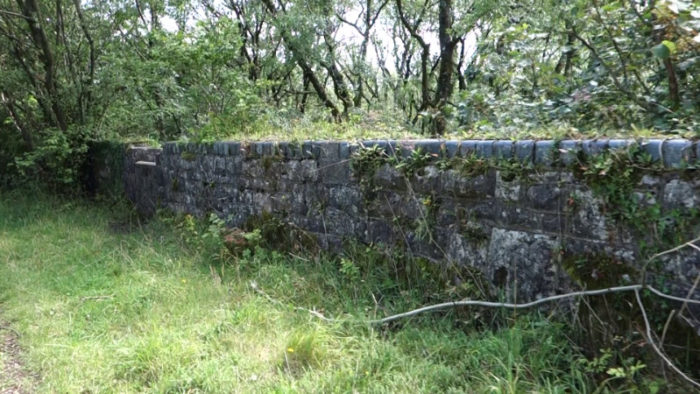
On this part of the walk, we met Cllr Gavin Mayall, a local councillor much involved with the Strawberry Line and the Somerset Circle project.
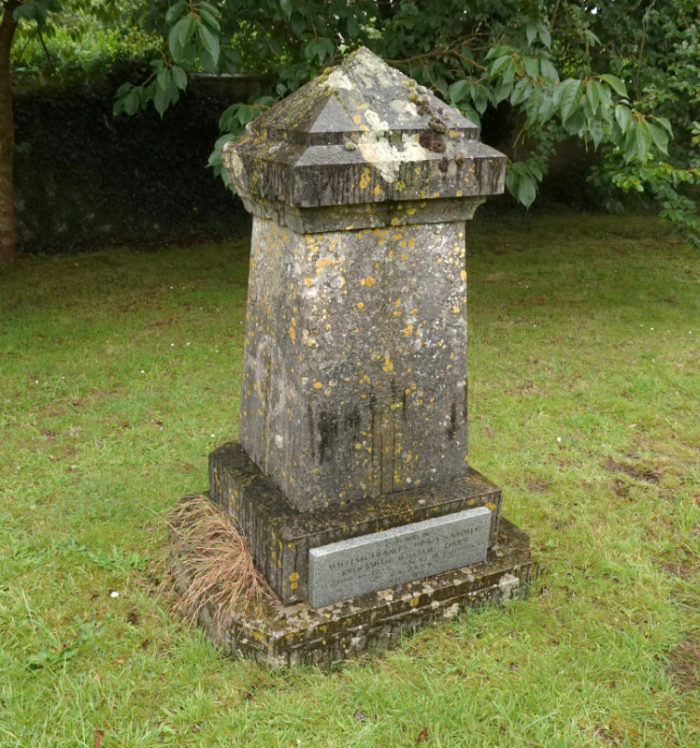
Finally, we visited the memorial to four navvies in Shepton. They were killed when part of the original tunnel had collapsed bringing down a heavy weight of stone. Alledgedly, the memorial was formed from the fallen material.
[All photos by Rod Ormston.]
Why not join us in membership from just £18.50? New memberships last until the end of next year, and you’ll receive our quarterly magazine throughout. Read more about the benefits of membership here.
-
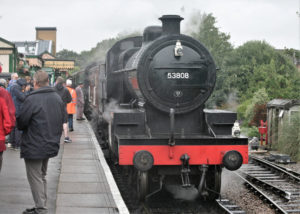 Junior (under 16) membershipFrom: £17.00
Junior (under 16) membershipFrom: £17.00 -
 Senior Citizen – 65+ membershipFrom: £17.00
Senior Citizen – 65+ membershipFrom: £17.00 -
 Joint Senior membership (lead member 65+)From: £20.00
Joint Senior membership (lead member 65+)From: £20.00 -
 Joint membershipFrom: £25.00
Joint membershipFrom: £25.00 -
 Corporate membershipFrom: £28.00
Corporate membershipFrom: £28.00 -
 Adult membershipFrom: £22.00
Adult membershipFrom: £22.00 -
 Life MemberFrom: £300.00
Life MemberFrom: £300.00
